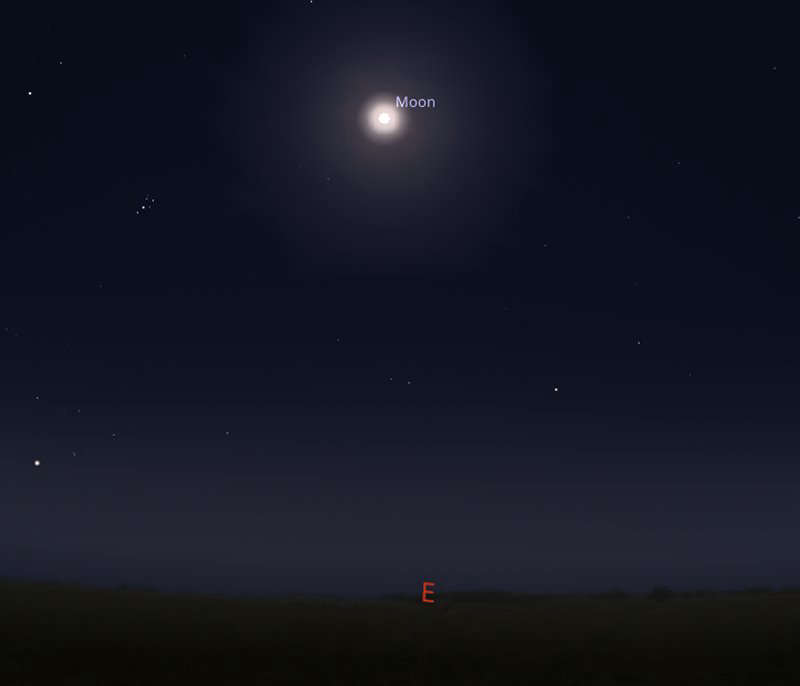
Monday 3rd to Sunday 9th November 2025
Back on 7th October we had a Supermoon, so named because the Full Moon occurred close to perigee, when our natural satellite was closest to us in its orbit around the Earth. At that point, it appeared 14% larger than when it's furthest from us, at apogee. On Wednesday 5th November, we have the next Full Moon and once again, it will be very close to perigee. At

To use the correct astronomical terms, rather than saying "14% larger", the Moon will appear to have an apparent diameter of 33.3 arcminutes as opposed to 31.0 arcminutes. What on Earth does that mean? An arcminute is one sixtieth of a degree. An arcsecond is one sixtieth of an arcminute. These units are used to measure very small angles in science fields. Quite logical, but personally, I think "14% larger" is a lot easier to understand!
I didn't mention comet C/2025 A6 Lemmon last week because you probably wouldn't have been able to see it! Remember that from a very dark location, you can resolve objects down to a magnitude of around +6.0 with the naked eye. Binoculars or a very small telescope will enable you to spot things down to a magnitude of +8.0 and for anything fainter than that, it is serious telescope time. The comet was predicted to have a magnitude of only around +10, but comet brightness is notoriously hard to predict and in the end, some people observed it around +4.0
The press is reporting comet 24P/Schaumasse passing through the Beehive Cluster M44 next week, but don't get too excited, because this comet will have an estimated magnitude of +14.3 so will be even dimmer!
Screenshots courtesy of Stellarium
Copyright Adrian Dening and Radio Ninesprings 2025

 Winter Coat Scheme
Winter Coat Scheme
 Recycling
Recycling
 Ilminster Local Plan
Ilminster Local Plan
 Hate Crime
Hate Crime
 False Fire Alarms
False Fire Alarms
 Dog DNA
Dog DNA








